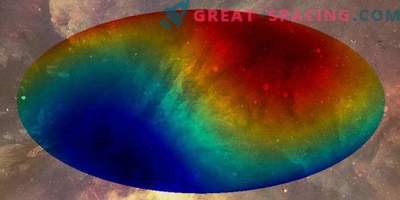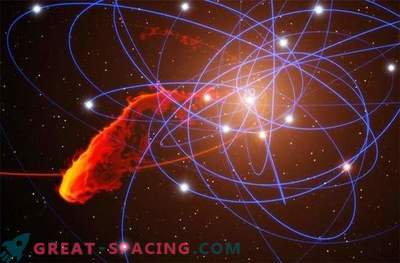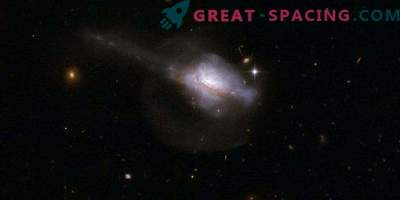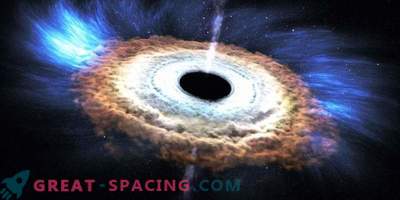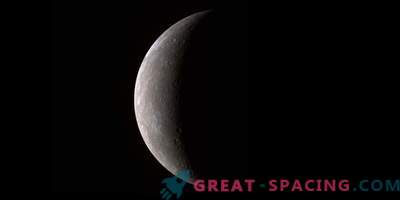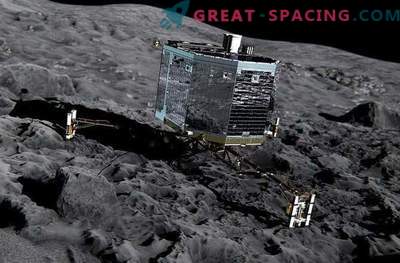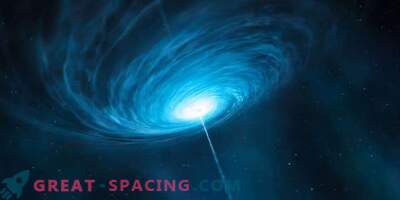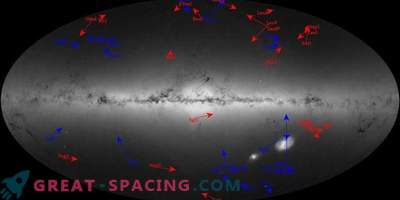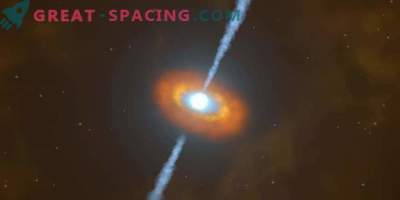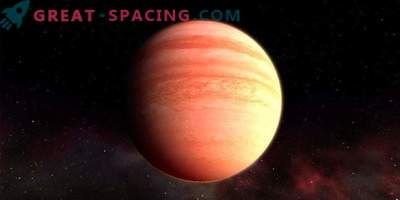
NASA received an image of the star Zeta Ophiuchus from the Spitzer space telescope; in the infrared image, a stellar wind is visible, reflected by a glowing cobweb of threads, flowing from a fast-moving star.
Can't see the tree trunks in the forest? The same can be said about our Galaxy, where star clouds of dust are very dense, so it is very difficult to see objects inside the Milky Way. Today, astronomers have the necessary equipment to distinguish the wavelength, it turns out that a certain type of stars highlights its presence in flashes at night through interaction with the interstellar medium.
“At the center of the galaxy is very much that we don’t know, but we want to know,” says Idan Ginzburg, of the Harvard-Smithsonian Center for Astrophysics and lead author of studies that are accepted for publication in the monthly records of the Royal Astronomical Society. “Using a new technique, we think we can find stars that we have never seen before,” he adds.
Most stars in the galactic core remain hidden forever, the star's speed always exceeds the speed of sound, generating powerful shock waves that pass through gas and dust. This interaction is accelerated by electrons, they in turn generate a certain type of radiation called “synchrotron radiation”, which can be detected by Earth’s sensitive laboratories. “In a sense, we are looking for the cosmic equivalent of a sound strike from an airplane,” says Ginzburg. Indeed, a supersonic aircraft moves faster than the speed of sound in an atmosphere of gases. The sound “boom” is the sound of an atmospheric shockwave sweeping past your location. In the case of a supersonic star, a shock wave is generated in the region of radio emission, emphasizing the location of the star, but the star moves much faster than a supersonic plane.
To receive a shock wave, the star must move at a speed of thousands of kilometers per second (a supersonic plane pierces the speed of sound at an acceleration of 1235 km / h). As a rule, in our Galaxy, stars rarely exceed a given speed threshold, but in the core, where the supermassive black hole (called Strelets A), stars are accelerated to mind-blowing speeds.
Like a swarm of bees, flying around an invisible point, the stars approach each other, orbiting the constellation of Sagittarius, the black hole, using its powerful gravity, accelerates these stars at thousands of kilometers per second, while generating a powerful “sound barrier” that we can detect. Ginzburg and his team already have contenders for the stars for which they want to test their method. The star known as S2 - creates a strong infrared signal, despite the thick clouds of dust in the core. S2 is predicted to be as close as possible to the constellation Sagittarius And somewhere at the end of 2017 or at the beginning of 2018, and the radio astranauts will be primarily interested in its shock wave. “S2 will be our litmus test, if we see its radio waves, we can use this method to find small and dim stars that cannot be seen in any other way,” said project co-author Avi Loeb.



